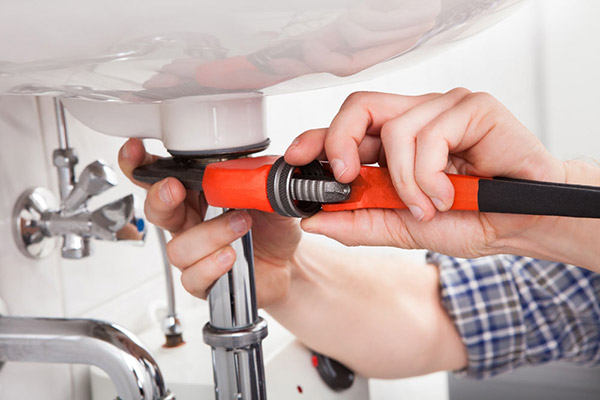Do’s and Don’ts for Plumbing Safety
August 18, 2023

Depending on your DIY skills, plumbing projects may either look like an impossibility or a walk in the park. Regardless of your experience, however, it’s good to keep in mind the following do’s and don’ts when making plumbing repairs.
Do’s
- Consider the possible effects of opening a drain
Before separating drain parts or removing a cleaneat, take a moment to consider the direction of the drain. If you’ve got a clogged drain, then there’s unusually high pressure that could cause sewage to rush onto you and cover the floor, risking serious damage.
- Shut off the water supply
If you’re working with water supply, shut off the main water valve to avoid the risk of water damage.
- Check local codes
Before you begin a project, check local building and plumbing codes to find out what work you can do yourself and which projects will require a professional plumber. You may need to secure a permit in some cases.
- Protect the eyes
Safety glasses will protect your eyes from sewage and other gunk that might splash into your eyes as you’re working under a sink, snaking a drain, or using a drill.
- Protect the hands
Wear work gloves when handling pipes, using a drain machine, or using other plumbing tools that could cause physical harm or create a mess.
- Protect the lungs
A face mask will help protect the lungs when you’re sawing or sanding. Inhaling dust particles could lead to coughing and other unpleasant side effects.
- Be careful when using tools
When using power tools, follow manufacturer guidelines for use and operation.
- Read labels and instructions
When using chemicals and machines, carefully read labels and instructions before beginning the project. Check for warnings and know what to do in case of an emergency.
Don’ts
- Ignore code requirements
Avoid rushing into a project and take the time to research relevant plumbing and building codes to protect you, your household, and the community.
- Make blind cuts or drills
Find out what’s behind a wall, ceiling, or floor cavity before cutting or drilling.
- Misuse tools or equipment
You might think you’re being smart and clever, but using tools and equipment in “creative” ways could be dangerous. Also be sure to inspect power tools and equipment before use to see if they’re in good condition.
Last Updated: October 19, 2023
